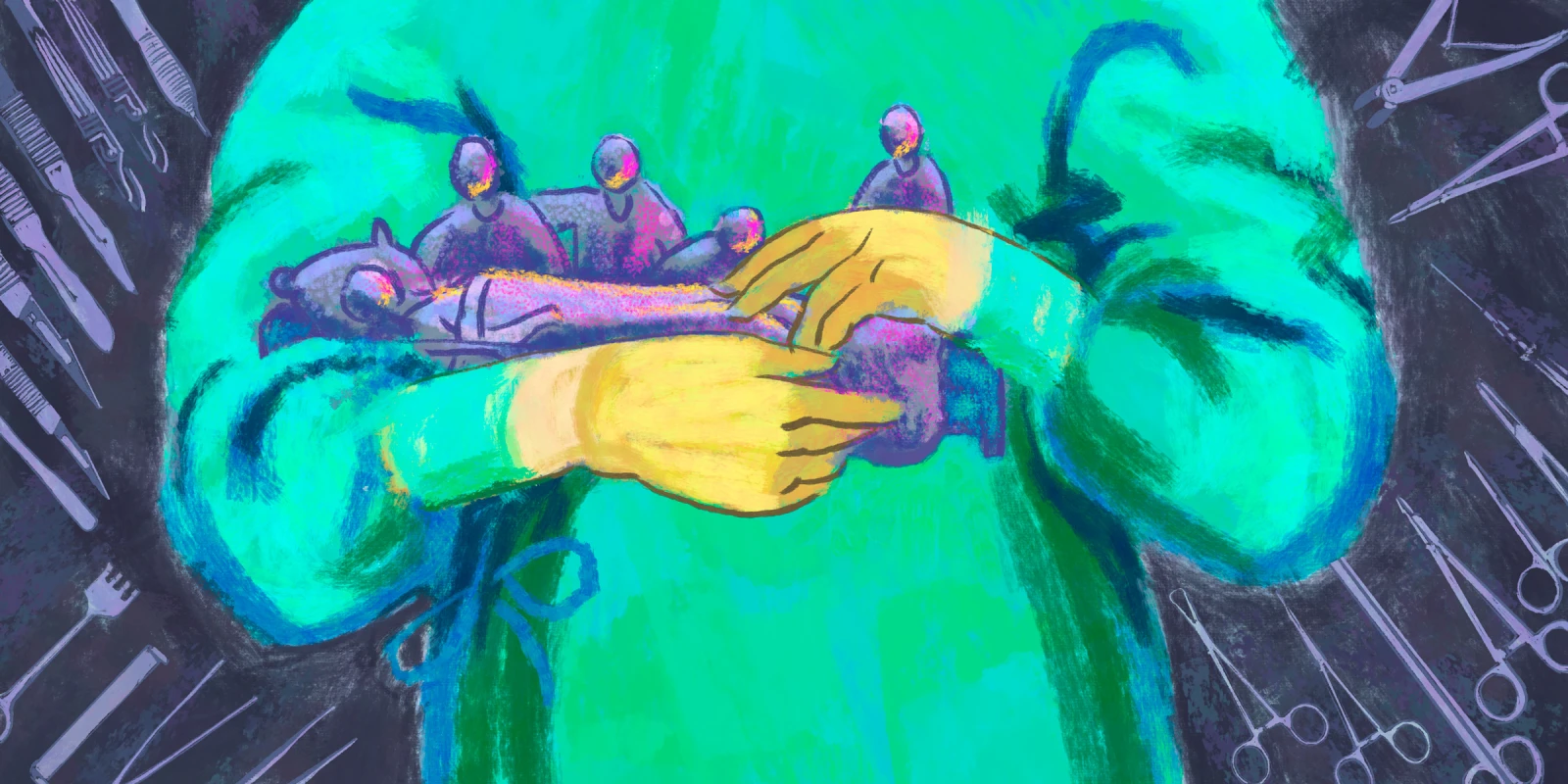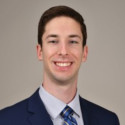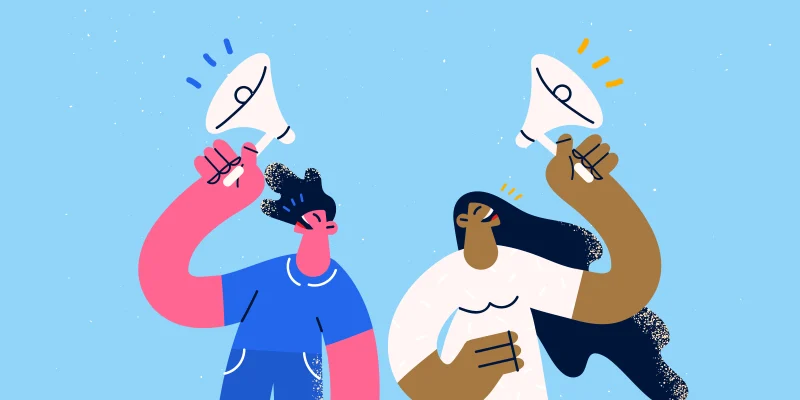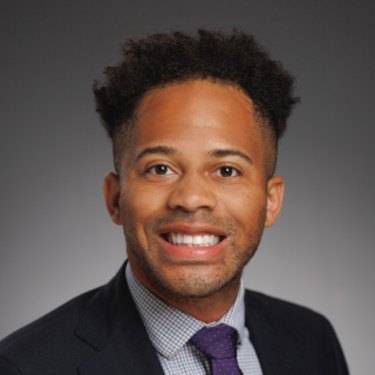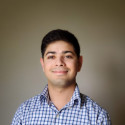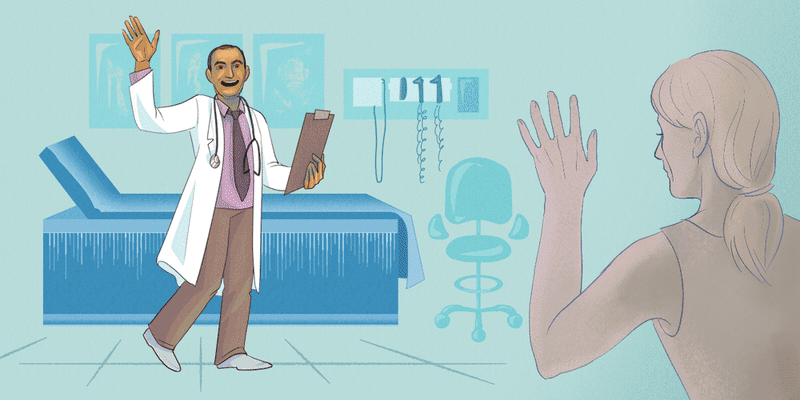"It's not that hard. It's not brain surgery."
This phrase is often used to derive stark contrasts between activities or tasks by comparing them to the involved and highly technical nature of the neurosurgical profession. Along with rocket scientists, brain surgeons are touted as practitioners of one of the most arduous professions and unfortunately carry stereotypes of being arrogant, domineering, and aloof. These stereotypes are built upon several factors —the length and difficulty of training, the demanding work schedule, the complexity of surgical procedures, and the severity of medical pathology. In many cases, I admit: These stereotypes are true and sometimes seem justified. However, I believe that despite the inclination to think the profession of neurosurgery consists of callous and conceited surgeons, the profession instead requires and demands immense compassion, kindness, and sincerity.
One instance where this proved true was with a patient who had presented to the ED after a large left middle cerebral artery stroke. The patient had experienced several days of what he described as "feeling off." His coworkers knew something was wrong when he did not show up for work. However, the patient was initially resistant to his coworkers’ pleas to go to the hospital. Seven days after the onset of the patient's symptoms he arrived at the hospital. He had significant weakness on the right side of his body, difficulty moving his eyes to the right, dysarthric speech, and expressive aphasia. On top of that, the patient was able to understand the words I would tell him but was not able to intelligibly articulate his own words and thoughts — all classic symptoms for a left middle cerebral artery stroke.
As I asked the patient questions, he muttered words and continued to have an "on the tip of my tongue" process going on as he attempted to generate the words he wanted to say. The stroke had done significant damage. Unfortunately, the patient had arrived at the hospital too late to initiate aggressive medical or surgical treatment to salvage brain tissue or neurologic function. I sat with the patient in the ER and talked to him about what happened. I pulled up his head imaging to demonstrate the extent of the stroke. The patient understood what I was saying and despite his difficulty to consistently produce coherent speech, was able to say, "Well, this really stinks." I was one of the first people to tell him that his life might not ever be the same. My role was no longer to be a surgeon, but to be an educator, a listener, and a compatriot — someone who experiences the suffering with the patient and provides guidance for the next step. This is one many times where the job of a neurosurgeon necessitates an immense amount of compassion and kindness.
Another example that illustrates the importance of possessing these characteristics as a neurosurgeon is my experience with a young girl who presented to the hospital with a ruptured arteriovenous malformation (AVM). AVMs are abnormal tangles of blood vessels in the CNS, where blood flows directly from arteries to veins through an abnormal passageway called a fistula instead of through capillaries. The blood flow into the veins is too rapid to allow proper oxygenation of the surrounding tissue and tissues may begin to deteriorate. The abnormally rapid flow of blood inside the vessels can increase pressure, causing the walls of the vessels to become thin and weak and possibly develop aneurysms that may rupture and cause bleeding.
This young child was playing in her backyard with her brother when she suddenly collapsed to the ground, then began complaining about a severe headache. Her parents knew something was wrong. En route to the hospital, she suddenly became unresponsive and was intubated in the ambulance. On arrival, imaging of the head revealed that a large AVM had ruptured and bled into the tissue of her brain, as well as the ventricles. An emergent external ventricular drain was placed to relieve the pressure in the brain by diverting cerebrospinal fluid. But unfortunately, not much more could be done from a surgical perspective to help the patient, given the extent of blood and the deep-seated nature of the AVM. She was taken for a diagnostic angiogram to evaluate the extent of the AVM and see if there was anything that could be done to repair the issue and prevent further injury. However, most of the damage had been done.
I was involved with this patient's care from the time she presented to the hospital until the time she passed. I had several long conversations with the parents of this child. They had gone from having a normal day with their daughter to facing a life-threatening situation within a moment. I sat with the parents as they cried and reflected on how drastically their family's life was about to change. In this time, where the only thing they could see past this moment was desperation, I served as a source of information, guidance, and most importantly, compassion. As I looked into the eyes of this mom and dad, I couldn't imagine the pain they were in, but I could see the fear, sadness, and desperation they were experiencing. I stayed with them until all their questions were sufficiently answered and made sure they knew they could get in touch with me if any additional concerns arose. Within a week, this child passed away in the arms of her parents.
These experiences caused me to reflect on a quote from Dr. Paul Kalanithi: "The physician's duty is not to stave off death or return patients to their old lives, but to take into our arms a patient and family whose lives have disintegrated and work until they can stand back up and face, and make sense of, their own existence."
The power of this quote has resonated me with more in the first few months of my life as a resident physician than it ever did as college or medical student. I have been a part of so many patient encounters where no amount of medicine or surgery could return the patient to their old lives. The lives of these patients and their families had truly disintegrated and the role of the neurosurgeon was no longer to grab forceps and a scalpel but to grab a chair and sit with the patient and their families, to provide comfort and information for what was to come. I have been incredibly humbled by the courage and strength of my patients. They exhibit immense bravery and steadfastness in the light of very serious and dire circumstances. They make me realize that often, the hard part of brain surgery is not the brain surgery itself, but all the factors that surround the OR. To the world, neurosurgeons might always seem like someone who performs an immensely difficult job, but the truth is that the difficulty of our job pales in comparison to the difficulty our patients experience. They are the true warriors. My job as a neurosurgeon will always be to tangibly fix problems and heal people, but in the moments where surgery cannot fix my patients, they will receive the utmost amount of kindness and compassion that I can provide.
Dr. Bronson Ciavarra is a current neurosurgery resident at Baylor Scott and White Medical Center - Temple, TX. He enjoys woodworking, making pizzas, spending time on the ranch, and lake days. Bronson is passionate about medical humanities, philosophy of mind, and brain-computer interfaces. Dr. Ciavarra is a 2024-2025 Doximity Op-Med Fellow. All names and identifying information have been modified to protect patient privacy.
Illustration by Jennifer Bogartz
